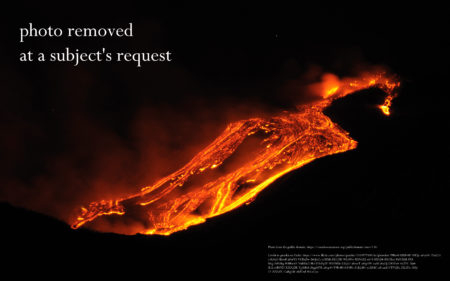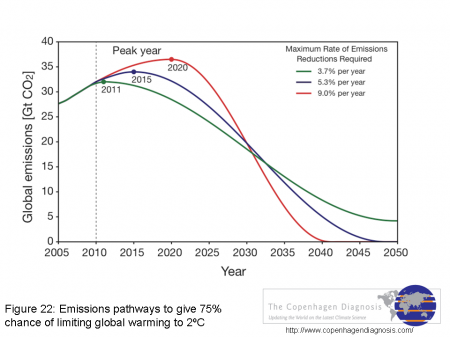Bjorn Lomborg is a polarizing figure: a statistician who claims that most environmental problems are less severe than people believe, and who argues that spending money on climate change is wasteful. His objective claims about the state of the environment have been challenged in other places, and I won’t consider them now. Rather, I will look at why his stance on climate change is deeply problematic.
In 2002, Lomborg founded The Copenhagen Consensus: a group that sought to determine the best way to spend a hypothetical $50 billion to improve human welfare. At the top of the list were things like nutrition and fighting AIDS. Climate change was ranked as providing poor value for money.
To go from that to claiming that we should not spend money fighting climate change is where Lomborg makes a major error. In his book Cool It: A Skeptical Environmentalist’s Guide to Global Warming he argues that the relatively low return per dollar spent dealing with climate change means those actions ought not to be taken. Sometimes, expensive things are simply necessary – even when there are other laudable places to spend money. James Hoggan sums up the argument against Lomborg’s prioritization approach well:
According to what [John] Mashey describes as the Lomborg method, you can avoid almost any spending issue that doesn’t suit your political or economic preferences. You begin by proposing a list of alternative priorities that include useful, desirable items that everyone must agree deserve attention – the treatment of AIDS or the provision of food and water to the desperate. Then you make sure that these are items that, for political reasons, will never get funded (foreign aid is a low political priority, especially in difficult economic times). Finally, you invoke the false dilemma: you suggest that your audience must accept your prioritization, because if they can’t (or won’t) pay for the items on the top of the list, it would be irresponsible to start thinking about paying for the items that are a lower priority.
As I have said before, preventing catastrophic climate change is the foundational challenge we are facing now as a species. If we wreck the habitability of the planet, all our efforts in achievements in other areas will become meaningless. Given that, to argue that we should ignore climate change while spending more on AIDS prevention fails to properly consider the totality of risks we are facing.





